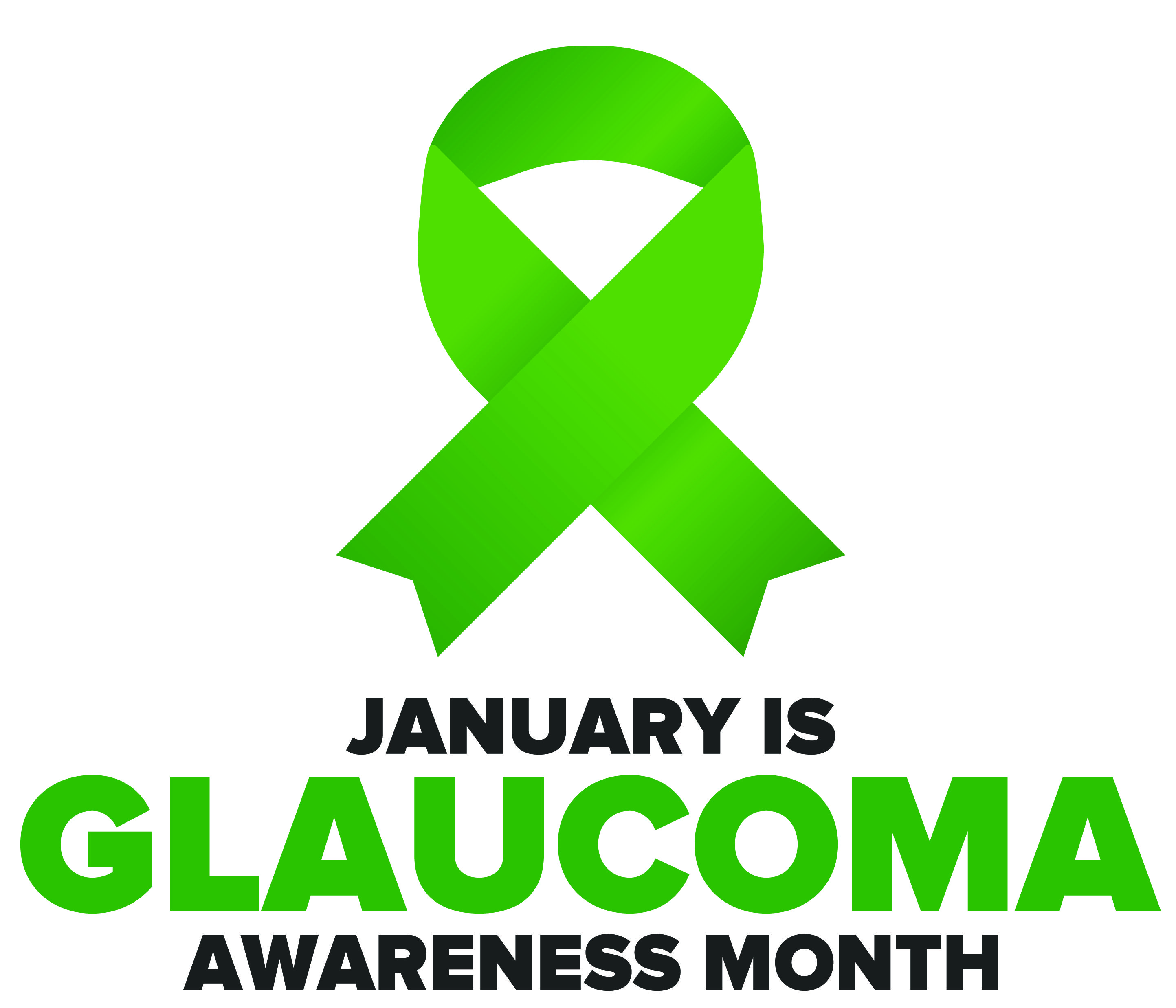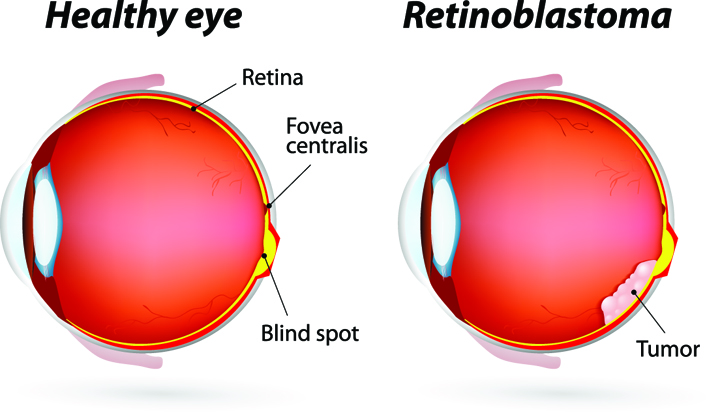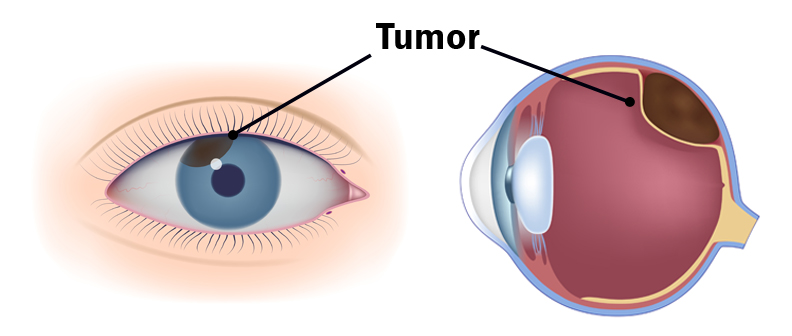A SPECIAL MESSAGE FROM DEF’S AMBASSADOR OF VISION
At this writing, the death toll from CoronaVirus (COVID-19) has just surpassed 60,000 with over 1 million cases reported in the US. It is almost impossible to comprehend the scope of this horrific pandemic, and the price that is being paid by healthcare professionals along with so many families who are unable to say goodbye to their loved ones who have often been forced to die alone.
At the same time, it was striking to learn that the four month death toll from the virus has just eclipsed the number of lives lost in the entire Vietnam War. We have heard the pandemic described as a war fought against a hidden enemy. While healthcare professionals confront the enemy in overcrowded hospitals across our country, there are others working just as hard in search of solutions that will allow us to return to our treasured normal way of life.
Researchers are quiet heroes laboring in laboratories in virtual anonymity, but with the same urgency as the healthcare professionals serving on the front lines of the battlefield. Whether it is in search of a vaccine or of a drug that may increase the possibility of overcoming the virus, the Discovery Eye Foundation is presently funding some of the critical efforts. As in past wars, all of us must do our part in the effort to defeat an enemy that continues its death march across the entire American landscape. No city or town, state or county, is immune from the icy hand of this most Grim Reaper.
I was attending college at the height of the Vietnam War, and I remember watching the evening news as the death toll continued to mount. Somehow, I found myself numb and somewhat insulated even as the numbers of casualties kept rising. It all changed when two of my friends from high school were lost during the 1968 Tet Offensive. Death became oh-so-real. We cannot allow the constant media exposure to dampen our awareness and our commitment to finding a cure and achieving complete victory in this all-out war.
When you contribute to Discovery Eye Foundations COVID-19 Emergency Fund, your funds go directly into the hands of the researchers. Even more important, their work will begin immediately. Your generosity has allowed us to be difference makers in the preservation of vision. Please join us as we enter the fight and turn our attention to finding answers to this most lethal and present danger.
To help the Discovery Eye Foundation join the fight against COVID-19, donate today!
 Tom Sullivan
Tom Sullivan
DEF’s Ambassador of Vision
sullivanvision.com



 Step 1: Light passes through a thin layer of moisture
Step 1: Light passes through a thin layer of moisture
 National Glaucoma Awareness Month reminds all of us to get regular eye exams and show support for those suffering from this condition.
National Glaucoma Awareness Month reminds all of us to get regular eye exams and show support for those suffering from this condition. 





 Healthy Aging Month is an annual health observance designed to focus national attention on the positive aspects of growing older. Aging is a process that brings many changes. Vision loss and blindness, however, do not have to be one of them. There are several simple steps you can take to help keep your eyes healthy for the rest of your life.
Healthy Aging Month is an annual health observance designed to focus national attention on the positive aspects of growing older. Aging is a process that brings many changes. Vision loss and blindness, however, do not have to be one of them. There are several simple steps you can take to help keep your eyes healthy for the rest of your life.

 When you think of cancer, most of us do not think about the eye or vision. Though rare, cancer can start inside or outside of the eye. If cancer starts inside the eyeball it’s called intraocular and if it starts outside the eye (eyelid or in the eye socket) then it’s called extraocular tumor. It can occur in both children and adults. Most major eye centers have specialists who are trained in the diagnosis and treatment of eye cancers.
When you think of cancer, most of us do not think about the eye or vision. Though rare, cancer can start inside or outside of the eye. If cancer starts inside the eyeball it’s called intraocular and if it starts outside the eye (eyelid or in the eye socket) then it’s called extraocular tumor. It can occur in both children and adults. Most major eye centers have specialists who are trained in the diagnosis and treatment of eye cancers. At the later stage of this cancer, the only one way to survive is to remove the eyeball (enucleation). Like many of other types of cancer, retinoblastoma has a genetic component so genetic testing needs to be done. The tumor begins with the RB1 gene mutation that stimulates retinal cells to develop into a tumor called a retinoblastoma. The RB1 mutation can be inherited from the parents, but in some cases it is sporadic and not inherited. There are various treatments such as surgery, chemotherapy, radiotherapy etc. to cure retinoblastoma cancer. Rarely it can spread beyond the eye.
At the later stage of this cancer, the only one way to survive is to remove the eyeball (enucleation). Like many of other types of cancer, retinoblastoma has a genetic component so genetic testing needs to be done. The tumor begins with the RB1 gene mutation that stimulates retinal cells to develop into a tumor called a retinoblastoma. The RB1 mutation can be inherited from the parents, but in some cases it is sporadic and not inherited. There are various treatments such as surgery, chemotherapy, radiotherapy etc. to cure retinoblastoma cancer. Rarely it can spread beyond the eye. 